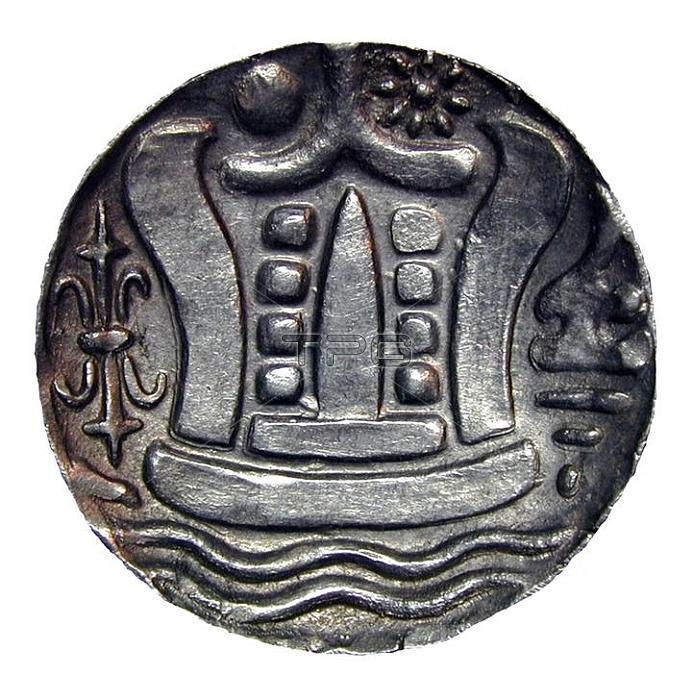
The Pyu city states were a group of city-states that existed from c. 2nd century BC to c. mid-11th century in present-day Upper Burma (Myanmar). The city-states were founded as part of the southward migration by the Tibeto-Burman-speaking Pyu; the earliest inhabitants of Burma of whom records are extant. The thousand-year period; often referred to as the Pyu millennium; linked the Bronze Age to the beginning of the classical states period when the Pagan Kingdom emerged in the late 9th century.
The city-states鈥攆ive major walled cities and several smaller towns have been excavated鈥攚ere all located in the three main irrigated regions of Upper Burma: the Mu valley; the Kyaukse plains and Minbu region; around the confluence of the Irrawaddy and Chindwin rivers. Part of an overland trade route between China and India; the Pyu realm gradually expanded south. Halin; founded in the 1st century AD at the northern edge of Upper Burma; was the largest and most important city until around the 7th or 8th century when it was superseded by Sri Ksetra (near modern Pyay) at the southern edge. Twice as large as Halin; Sri Ksetra was the largest and most influential Pyu center.
The Pyu culture was heavily influenced by trade with India; importing Buddhism as well as other cultural; architectural and political concepts; which would have an enduring influence on later Burmese culture and political organization. The Pyu calendar; based on the Buddhist calendar; later became the Burmese calendar. Latest scholarship; though yet not settled; suggests that the Pyu script; based on the Indian Brahmi script; may have been the source of the Burmese script. Pictures From History
| px | px | dpi | = | cm | x | cm | = | MB |
Details
Creative#:
TOP19313347
Source:
達志影像
Authorization Type:
RM
Release Information:
須由TPG 完整授權
Model Release:
No
Property Release:
No
Right to Privacy:
No
Same folder images:

 Loading
Loading